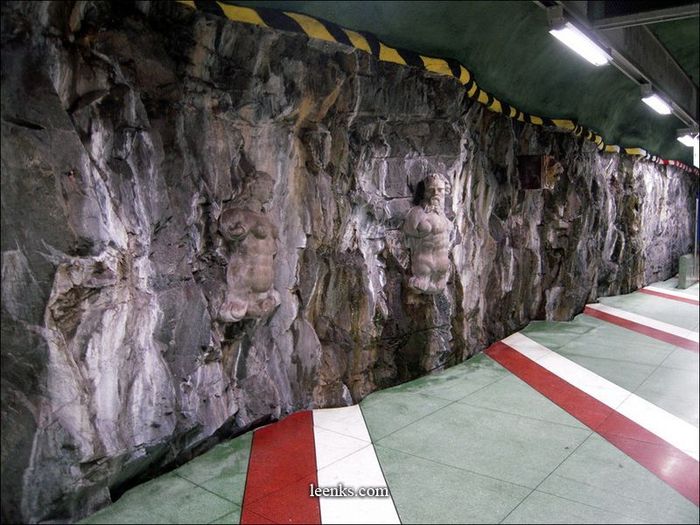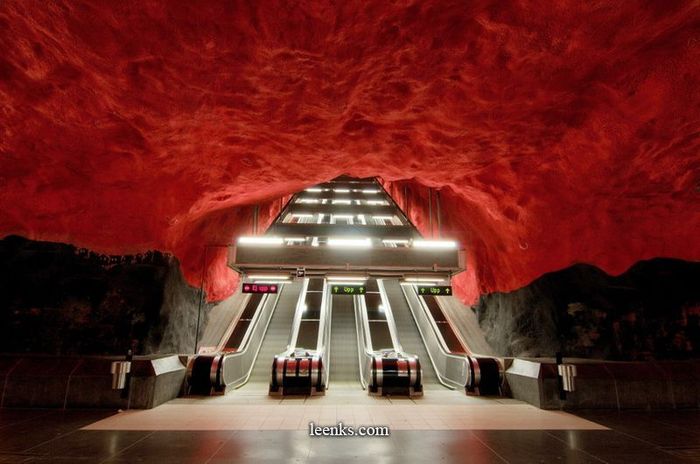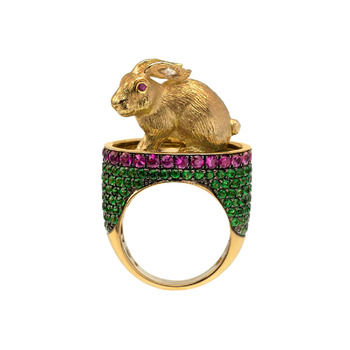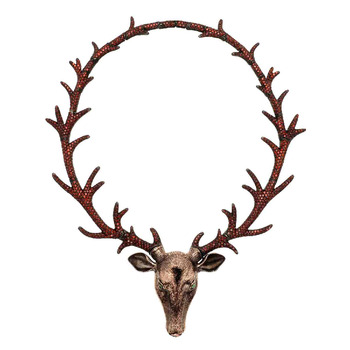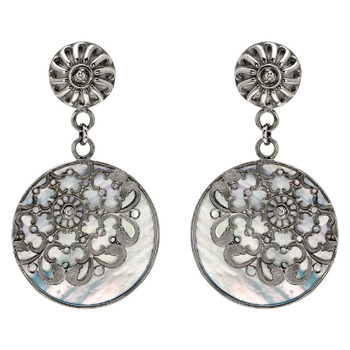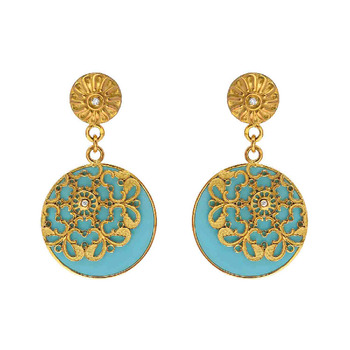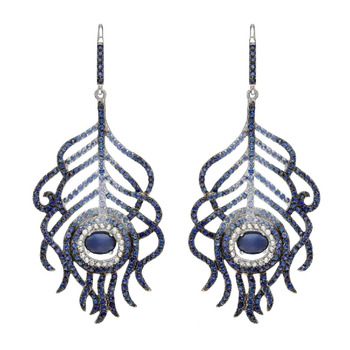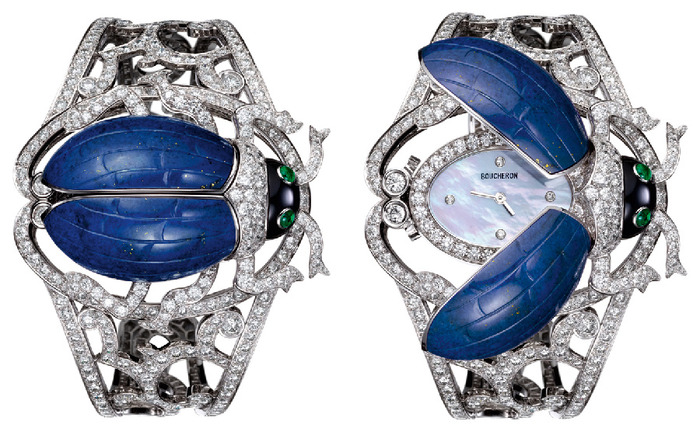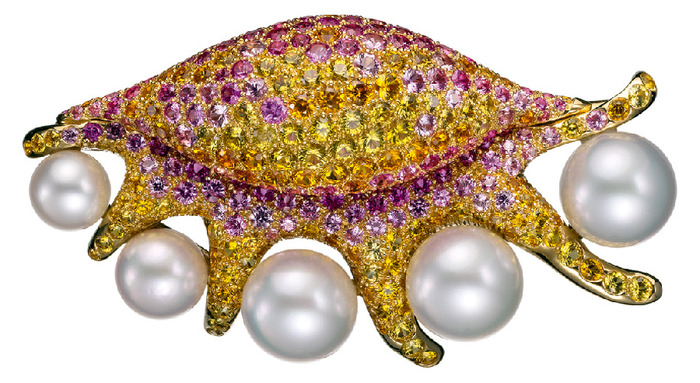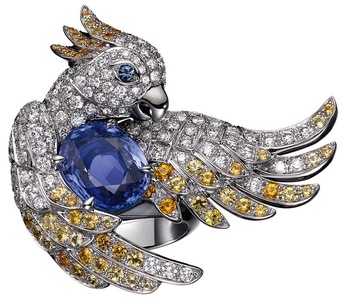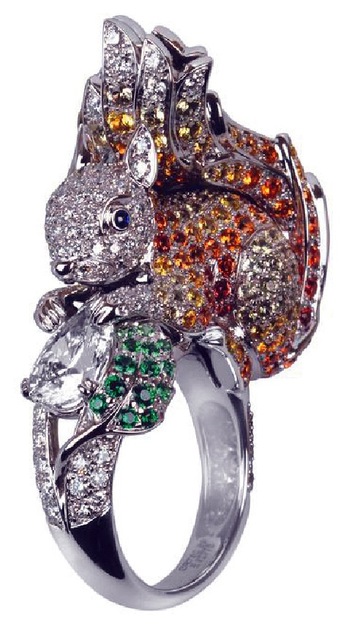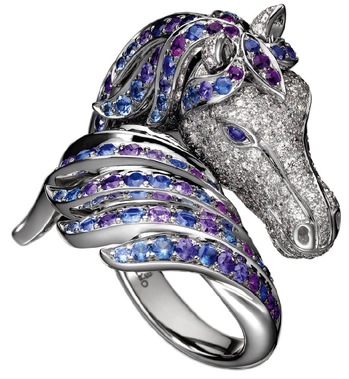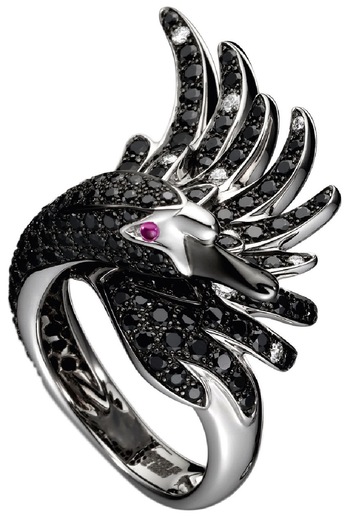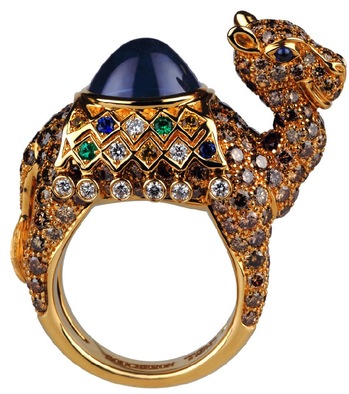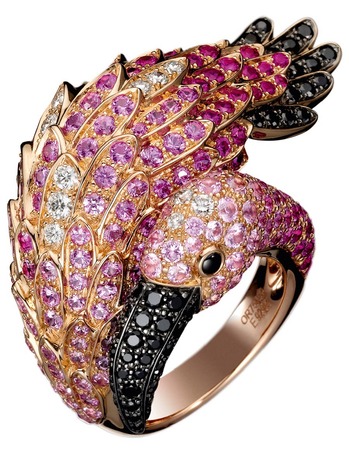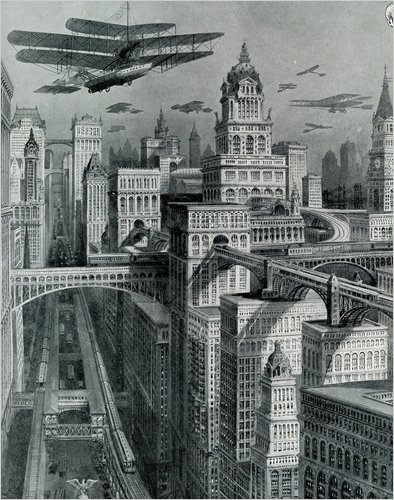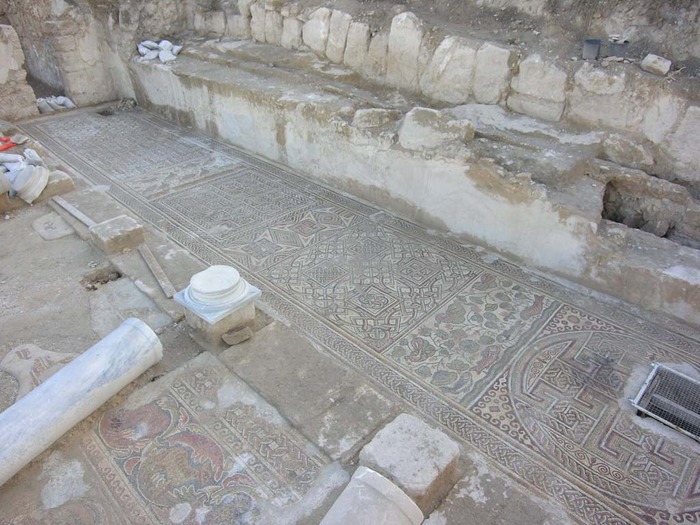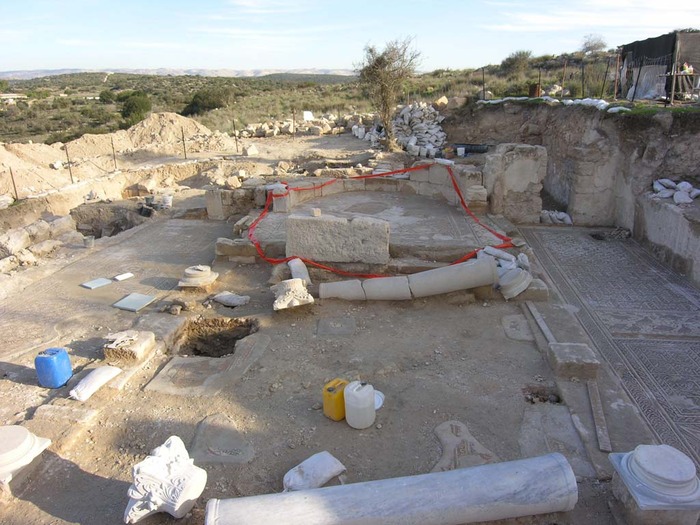Another of the strange jewelers of Paris, this time working in a very Post-Modernist style, is Baptiste Monvoisin (who's name translates roughly to "My Neighbor"). He is primarily a metalworker, with stones being a rare addition, usually highlighting the gold or silver design. Some of his works clearly take aim at the common tropes of jewelry, like the brilliant-cut diamond, such as the Pop-Art or Diamond rings below
| Pop-Art ring in yellow and white gold and black diamonds | Diamond ring in silver |
|---|---|
 |  |
Others show a strange dental interest, such as the Molar ring, or the broach in the form of chewed chewing-gum.
| Molar ring in yellow gold | Chewing-Gum broach in pink gold |
|---|---|
 |  |
Using Hipster "Irony" as source he has taken the inexplicably popular trend of intentionally-pixelated art to its logical conclusion is the "Pixel" ring in sand-blasted gold, quite an interesting surface treatment. Along with that is the Mustache cufflink in white gold.
| Pixel | Mustache |
|---|---|
 |  |
He has some other interesting pieces, including a hand-grenade based on a large Tahitian pearl and a hospital-bracelet rendered in pale yellow gold, but one of the more amusing pieces, conceptually, is this ring, the Bijoux de Famille in yellow gold

All pictures are from his website.
A

